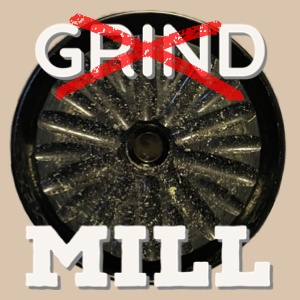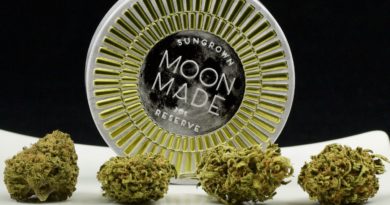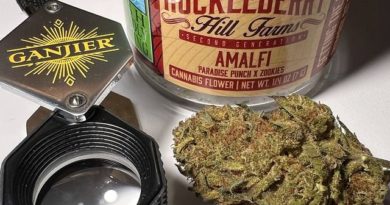New study shows sungrown has more diverse terpene and cannabinoid content than indoor
A new study from Columbia Unviersity titled Comparison of the Cannabinoid and Terpene Profiles in Commercial Cannabis from Natural and Artificial Cultivation has provided some data to start answering the age old question of is outdoor better than indoor. The paper is authored by by Fereshteh Zandkarimi, John Decatur, John Casali, Tina Gordon, Christine Skibola, and Colin Nuckolls.
Cannabis industry insiders may recognize Dr. Skibola from Cosmic View, Tina Gordon of Moon Made Farms, and John(ny) Casali of Huckleberry Hill Farms as coauthors.
The study used liquid and gas chromatography to examine differences in terpene and cannabinoid content from genetically identical plants grown under two different conditions: under the sun, and indoor. Two separate cultivars were grown and subsequently tested as part of the study.
The abstract reads:
“By analyzing the cannabinoids, we found significant variations in the metabolomic profile of cannabis for the different environments.”
More specifically:
“Overall, for both cultivars, there were significantly greater oxidized and degraded cannabinoids in the indoor-grown samples. Moreover, the outdoor-grown samples had significantly more unusual cannabinoids, such as C4- and C6-THCA. There were also significant differences in the terpene profiles between indoor- and outdoor-grown cannabis. The outdoor samples had a greater preponderance of sesquiterpenes including β-caryophyllene, α-humulene, α-bergamotene, α-guaiene, and germacrene B relative to the indoor samples.”
What cultivars were used in this study?
The two cultivars provided for the study were Cheetah Piss (CP) and Red Velvet (RV). Both of the outdoor samples were provided by Ridgeline Farms. The indoor Cheetah Piss was provided by Cookies International while the indoor Red Velvet was provided by Grandiflora Genetics.
Is this definitive proof that sungrown is better than indoor?
No, but it’s interesting data that will undoubtedly prompt future studies. In fact, by the measure of THC %, this study follows the market wisdom that higher THC content can be more easily attained in an indoor commercial grow. What this really does is emphasize the need for education of the entire industry to emphasize the importance of terpene and cannabinoid diversity and a higher terpene to cannabinoid ratio.
What other insights did the study provide?
The indoor grown cultivars had higher D9 THC levels in the tests, but generally had less terpene content than their outdoor twins.
So is sungrown better?
That’s up to you to decide :).
Where can I read the “Science of Sungrown” study?
Comparison of the Cannabinoid and Terpene Profiles in Commercial Cannabis from Natural and Artificial Cultivation can be found here.
Founder of The Highest Critic
Unpaid /r/trees mod
Certified Ganjier
Kine bud enthusiast





